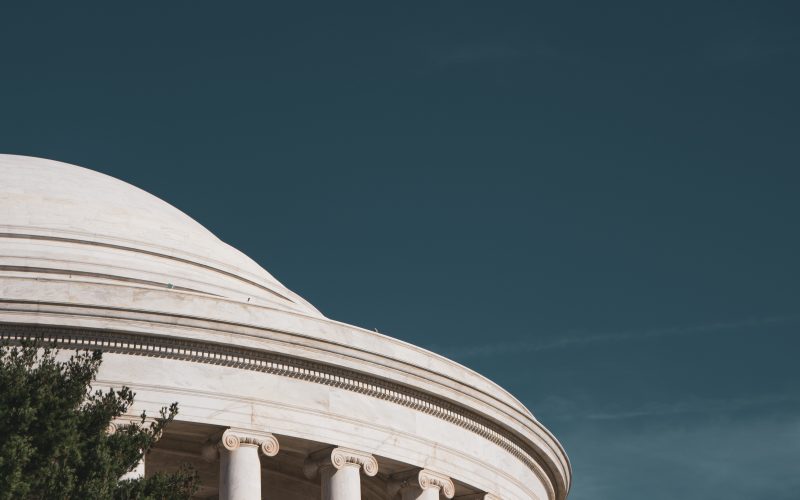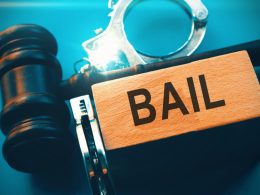Our cultural heritage is a rich tapestry that tells the story of who we are and where we came from. It’s a legacy that spans millennia, from ancient ruins to contemporary works of art, and it’s our responsibility to preserve it for future generations.
In recent years, the government has made significant efforts to safeguard our cultural heritage, investing billions of dollars in the preservation and restoration of historic landmarks, museums, and archaeological sites.
One such example is the ongoing restoration of the Great Wall of China, one of the most iconic and historically significant structures in the world. The government has allocated more than $1 billion to the project, which aims to preserve the wall’s structural integrity and ensure it remains a symbol of Chinese history and culture for generations to come.
Closer to home, the United States government has also made significant strides in preserving its cultural heritage. The National Park Service, for example, is responsible for protecting and maintaining more than 400 national parks, monuments, and historic sites across the country.
The government’s efforts have not been without controversy, however. Some argue that the preservation of cultural heritage is not a government’s responsibility, and that private organizations and individuals should be the ones taking the lead in preserving historic landmarks and sites.
Others criticize the government’s methods, arguing that the focus on preservation has led to the neglect of other important issues, such as education and healthcare.
Despite these criticisms, there’s no denying that the government’s efforts to preserve our cultural legacy have been significant, and have played a vital role in ensuring that our history and heritage are not lost to time.
Opinion Piece: The Government’s Role in Preserving Our Cultural Legacy
Our cultural heritage is more than just a collection of old buildings and artifacts; it’s a testament to who we are as a people and a reminder of the rich history and traditions that have shaped us.
As such, it’s essential that we take steps to preserve our cultural legacy, and while individuals and private organizations can certainly play a role in this effort, it’s ultimately the responsibility of the government to ensure that our history and heritage are safeguarded for future generations.
Some argue that this is not the government’s job, and that private organizations and individuals should be the ones taking the lead in preserving historic landmarks and sites. While it’s true that private entities can and do play a role in cultural preservation, they are often limited in their capacity to do so, both in terms of resources and legal authority.
The government, on the other hand, has the resources and authority necessary to make significant strides in cultural preservation. Through legislation and funding, the government can ensure that historic sites are protected and that the necessary resources are available for their preservation.
Of course, this doesn’t mean that the government should be the sole entity responsible for cultural preservation. Collaboration between government, private organizations, and individuals is essential for the effective preservation of our cultural heritage.
Ultimately, however, it’s clear that the government has an important role to play in preserving our cultural legacy. Without their efforts, many of the world’s most significant historic sites and landmarks would be lost to time, and with them, an essential part of our collective history and identity.












